10 tips on how to hide a heating radiator + photo
A heating radiator very rarely can harmoniously fit into the interior, in other cases it has to be masked somehow. In attempts to bring beauty to the apartment and hide the batteries, many make big mistakes, the result of which can be even more protrusion of the place where the radiator is, or a violation of convection air flows. How to hide a heating radiator so as to preserve its necessary functions and make it truly invisible? We reveal the secrets of designers and learn how to apply them in an independent arrangement of an apartment.
No. 1. What to consider?
A radiator, which some do not hesitate to compare with a log in the eye, performs in the apartment critical function, and we must not forget about it, because it is impossible to survive a harsh winter without proper heating. That is why all attempts to decorate the radiator should not go beyond common sense.
Solving the issue of how to disguise Radiatoris worth take into account such nuances:
- whatever the decor the main function of the battery must not be disturbed - heat, so even if radiator it will be covered by a screen, there must be holes in it, and the more the better. It is also advisable to provide slots under windowsill and near the floor, so as not to interfere with the air circulate normally;
- the radiator and threaded connections should remain in the access area, so it does not interfere with providing a small window if the screen is not removable;
- faucet, thermal head and other controls and adjustments to the flow of coolant should be in easy access for repairs if necessary.

The easiest way to get a battery that is not conspicuous and to 100% keep all its functions - this buy a designer radiator. Such products are made to order and are fully consistent with the design of the room. The downside is the high price, which forces us to look for more affordable options.
No. 2. Painting a radiator is the easiest way
Dyeing – the cheapest and easiest a way to give radiators a decent appearance, but they resort to a similar option not only when the budget is limited. If selected interior style, as Scandinavian or loft, then the communications are not shy - they fit well into the situation.
In any case, it is better to paint the radiator so as to “dissolve” it as much as possible against the background of the walls. It is necessary to use thermal paint, ideally - exactly repeat wall colorbut discrepancies in a couple of shades are allowed.
If the walls are not white, then a white radiator, clearly contrasting against their background - big mistake. Often, those who decorate the walls with wallpaper with a pattern, glue them also in the niche behind the battery, thereby emphasizing the latter. In this case, it is recommended to leave the entire niche white: against its background, the white radiator will be almost invisible.
No. 3. Radiator painting
FROM painting and decoupage it is worth being extremely careful, because here just cross the line from simply disguising the battery to sticking it out. If the radiator with the pattern applied to it will sharply contrast against the background walls, it will be striking, although initially a completely different task was set. Such a battery, as if, suggests that it greatly interfered with the owners, and they tried to hide it.
Designers recommend painting not only the radiator itself, but part of the wall against which it is located. The drawing can be made in any technique and color scheme. If there is talent, then we take paints into our hands and begin to create: do not forget that the paint must be resistant to heat. If there are no special artistic talents, then you can use ready-made stencils for drawing, use decoupage technique or even vinyl stickers. The main thing is that everything looks harmonious, and the battery is really masked.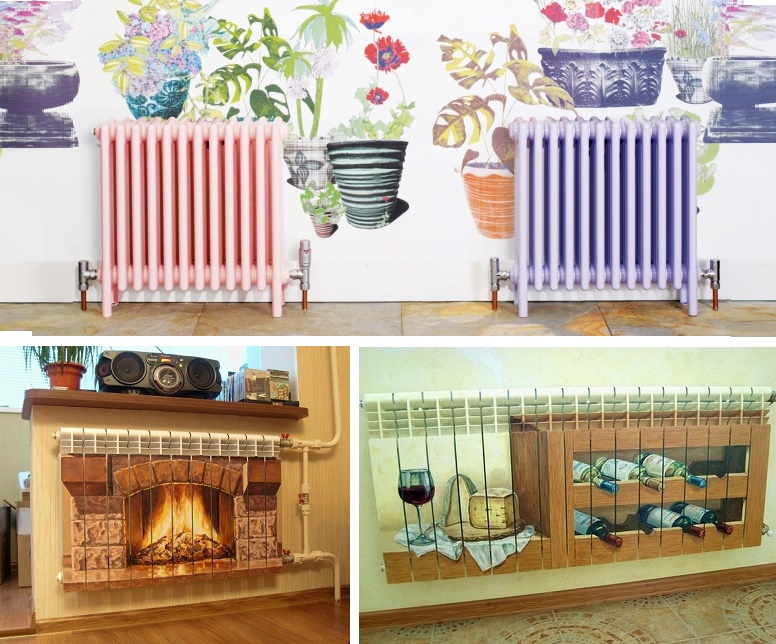
Number 4. Hinged screens (grilles) for radiators
Mounted screens, as a rule, are made of metal, have a lot of holes, so they do not interfere with free air convection. Among others the benefits ease of installation, providing access to the radiator at any minute, a good assortment, in addition, the metal heats up quickly. Hinged screens differ not only in the color, character and size of the holes, but also in some functional features: there are models designed for one-sided and two-sided piping.
It is better to choose grilles with rounded corners to reduce the risk of injury. Of cons This option is not a very nice sound when struck, but you can survive it. Dust from such a grid will have to be wiped regularly. You can also advise taking the screen to the full width of the window sill, and not the width of the radiator: in this case really mask the radiatorrather than delineate his whereabouts.
The metal curtain screen can be of any color and style. You can even find forged version or stainless steel screen with a shiny surface. If the former look good in the classical style, the latter will complement the interior in high tech style. Forged screens due to its openwork provides excellent air circulation, but a radiator is visible through them, so they are often duplicated with a metal perforated sheet.
No. 5. Glass screen for radiator
One of the most modern options for masking a heating radiator is the use of a glass screen. They are made of durable tempered refractory glass with machined corners, so it will not be easy to get hurt or break the screen. This method of masking is not able to significantly disrupt the distribution of heat fluxes in the room and will fit into almost any style of interior and any room.
The glass screen is quite simple to install, mounted on special screw holders, which are necessarily equipped with elastic gaskets that protect the glass surface. Care for such a screen is minimal and consists in its periodic cleaning from fingerprint dust, glass detergents are used. The disadvantage is only in price.
To be able to hide the radiator with glass, you need to pay attention to the method decorating surface. Of course, you should not leave glass without a picture: in this case, the outline of the radiator hiding behind the screen will be clearly visible, and the screen itself will play the role of attracting attention to the battery. It is advisable to at least give the glass some shade.Among the ways to decorate glass distinguish:
- photo printing. You can apply absolutely any pattern to the glass, even a photograph taken with your own hands, so it will be possible to perfectly fit the screen into the existing interior;
- stained glass window. You can use expensive stained glass techniques (fusing, Tiffany technique or faceted stained glass), or you can create pseudo stained glass on glass with films or paints, which is much cheaper, and the effect will not be worse. Another option is a sandblasted stained-glass window, perfect for modern interiors;
- independent decoration.Usually screen decoration is trusted by companies specializing in this matter, but you can decorate the ordered matte screen do it yourself. This is a sticker of stained glass films, rhinestones, etc.
With glass screens, the same rule applies as with mounted metal screens: it should harmoniously fit into the space under the window, so it is advisable to choose glass with a width equal to the width of the window sill. If you select with glass only part of the space under the windowsill, where the battery is located, you get the opposite effect to what was expected.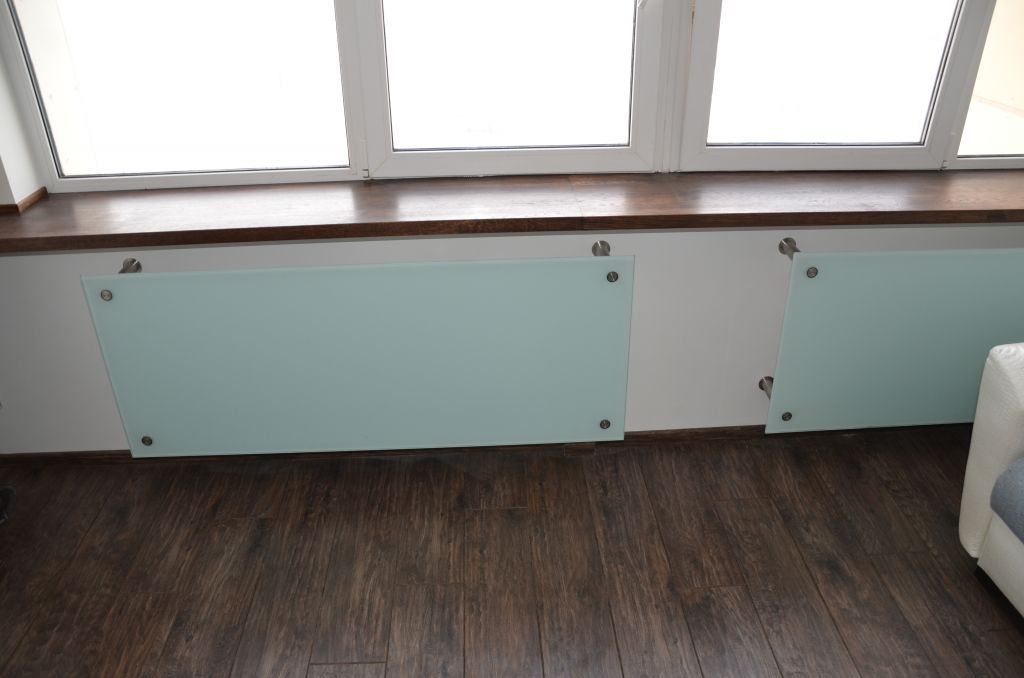
No. 6. Wooden screen for the radiator
To disguise the batteries, you can also use wooden screens, which are both attached and flat, if the radiator is located in niche. This option can be called the most green and one of the most attractive in appearance, because from a malleable tree for processing, you can get screens with the most bizarre patterns. Externally, such a screen can have any kind of appearance, it can be purchased both ready-made and custom-made.
Wooden screens are best used in classic interiors, and to successfully enter them into the room, they must resonate with other elements of the interior (furniture and doors), and optimally, have similar elements. In any case, such an overlay for radiators should cover the space from wall to wall or be the width of a window sill. A wooden side screen can be used as a stand, table or even bench. Main minus - this is a feature of deformation and drying out under the influence of temperature changes and with significant fluctuations in the humidity level.
Number 7. MDF, particleboard and plastic screens
MDF panels in many properties they are not inferior to wood, but in some they even surpass it, they are at the same time 60–70% cheaper and not so susceptible to changes in humidity and temperature. Externally such panels can be painted, veneered or laminated, so the variety of appearance is huge. It’s better to choose a screen so that it resonates with other elements of the room.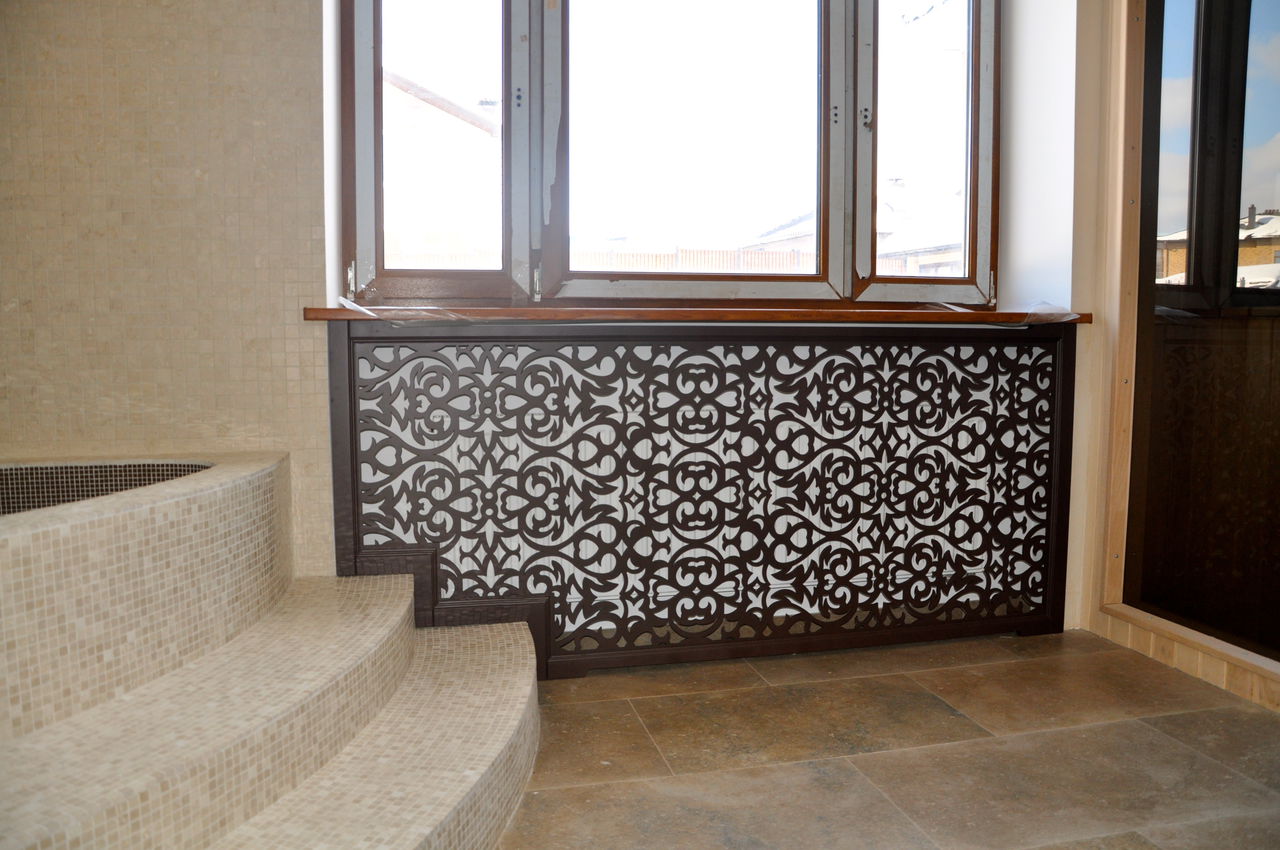
Chipboard screens not particularly common due to its not the most outstanding performance. Outwardly, they are not bad, but for use in a residential apartment, it is necessary to choose chipboard with a formaldehyde emission level of E0 or E1.
Plastic screens Amaze with variety and low price. The main thing is to verify the safety of the material by examining the accompanying documentation. For screens, plastic should be used that quietly transfers heat to 60-800C. Such products are great for bathrooms, since they are hygienic and not demanding in care.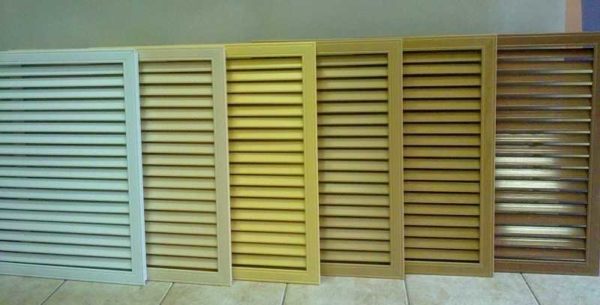
Number 8. Creating a false wall with a niche for a radiator
If the radiator protrudes above the wall surface, then disguising it with all the methods described above can be quite difficult. In this case, they resort to installation of a drywall construction around the radiator, the main goal is to create a kind niches for the battery. As a result, it is possible to achieve an excellent effect, but part of the useful area of the room will have to be abandoned.
You can handle all the work yourself: the frame from the metal profile is constructed the same as with leveling the walls with drywall, or construction of a partition. Drywall sheets are mounted on the frame, special attention is paid to the area near the radiator. After all this follows the puttying of the joints, the primer and the application of the finishing material on the walls. Himself the radiator is sometimes closed drywall with a number of small holes for air circulation, but this is not a good option - it is much better to use a metal grill or, in extreme cases, a plastic ventilation grill.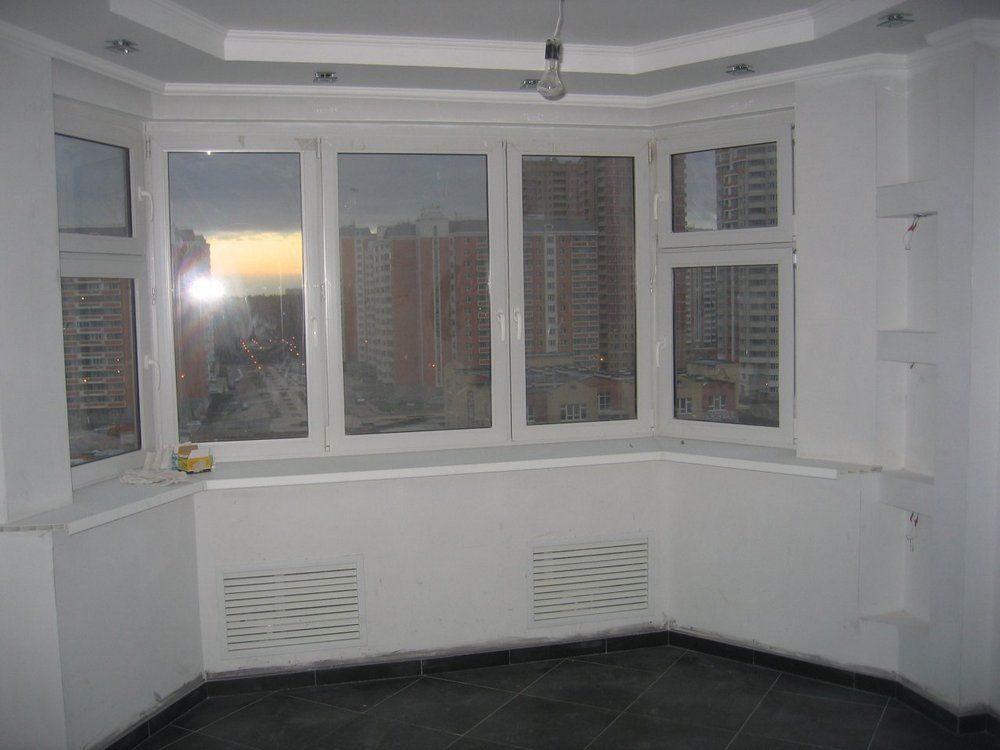
No. 9. Some original ideas
If standard solutions for some reason do not suit you, you can use more original methods:
- pull on picture frame fabric to match the walls and use as a regular screen.The option, of course, is suitable for radiators located in a niche;
- jalousie - A very unusual way to hide a radiator, but in some cases there is a place to be. Installation work is minimal;
- creature false fireplace above the heating radiator. The fireplace frame can be made of drywall or plywood, the hole is closed with a metal grill. With the right finish, the design will resemble a real fireplace as much as possible, and in winter real heat will go from there.
No. 10. What to do with heating pipes?
They must lead to the radiator pipes. As a rule, there are no problems with them, since they are not as striking as a battery, and in most cases it will be enough paint them in the color of the walls. If you have chosen a method with installation of drywall, then with pipes there will be no problems - they will hide under the sheets of construction anyway.
An alternative to painting pipes is decoration. They can be wrapped with jute or hemp rope, decorated with artificial leaves or flowers. Highly located horizontal pipes hide under curtainsand low - under skirting boards.
In conclusion
Before deciding how to hide the radiator, evaluate the reliability and durability of the system. If it does not cause complete trust, then the best choice is the hinged screens, which provide quick access to communications. Old cast-iron radiators, which have been painted many times, as smudges say, are best hidden behind screens if you are not ready to remove old layers of paint and grind the surface.

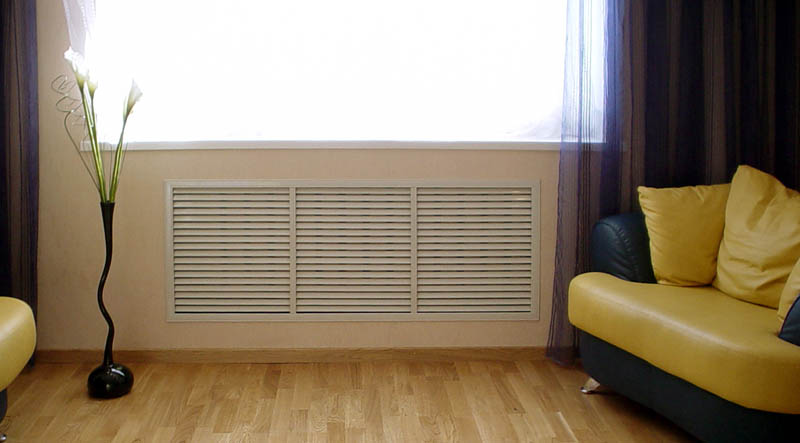
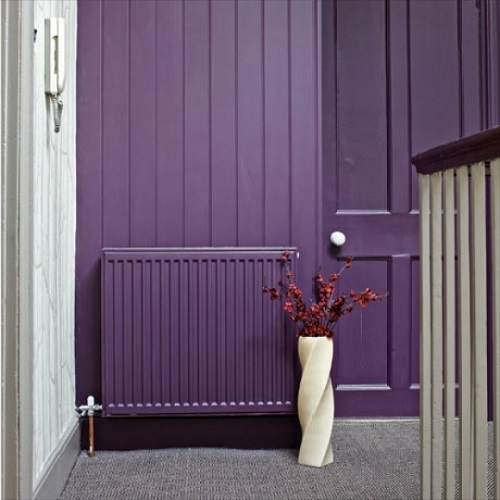

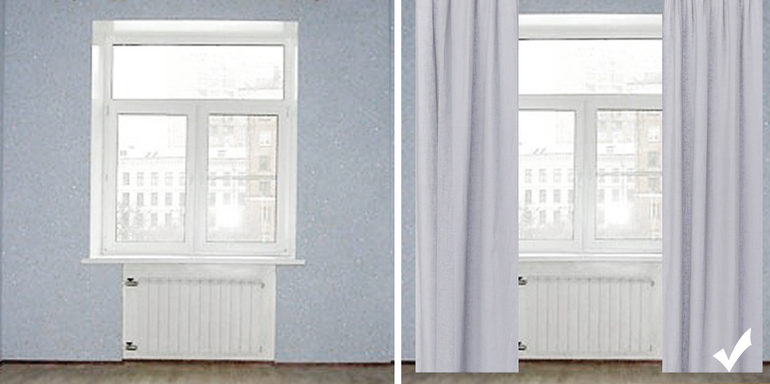
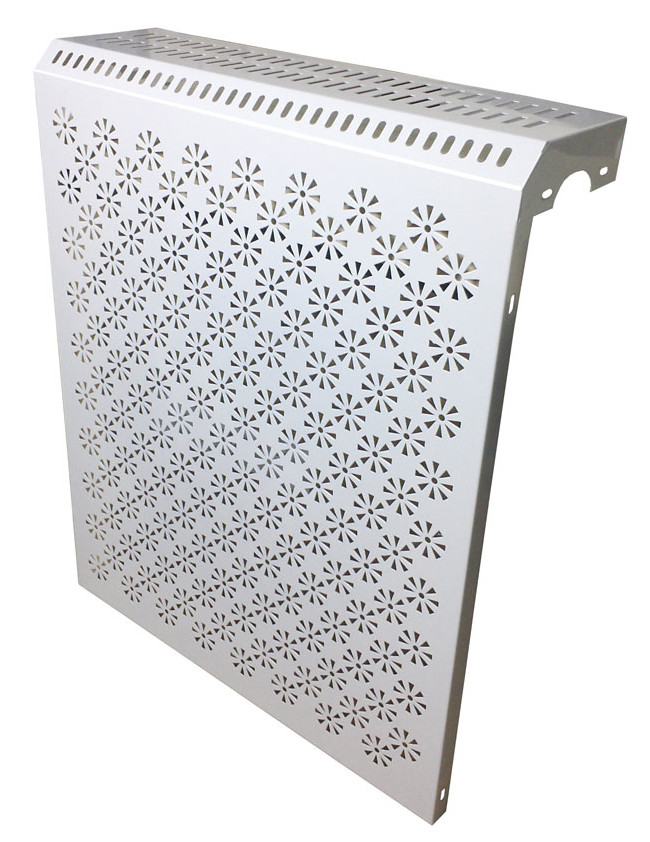

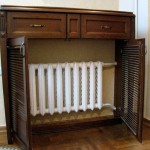
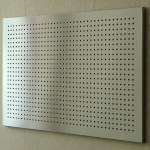
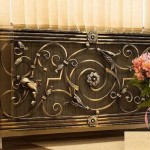
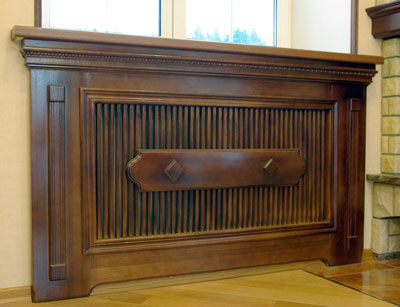
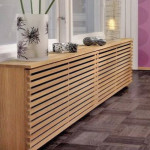
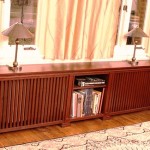
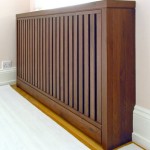
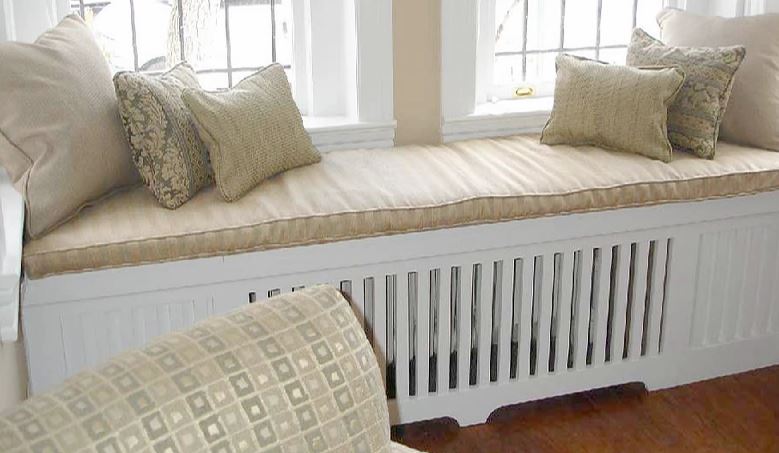

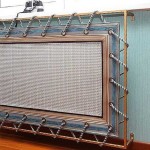



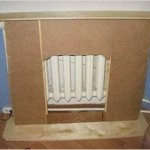
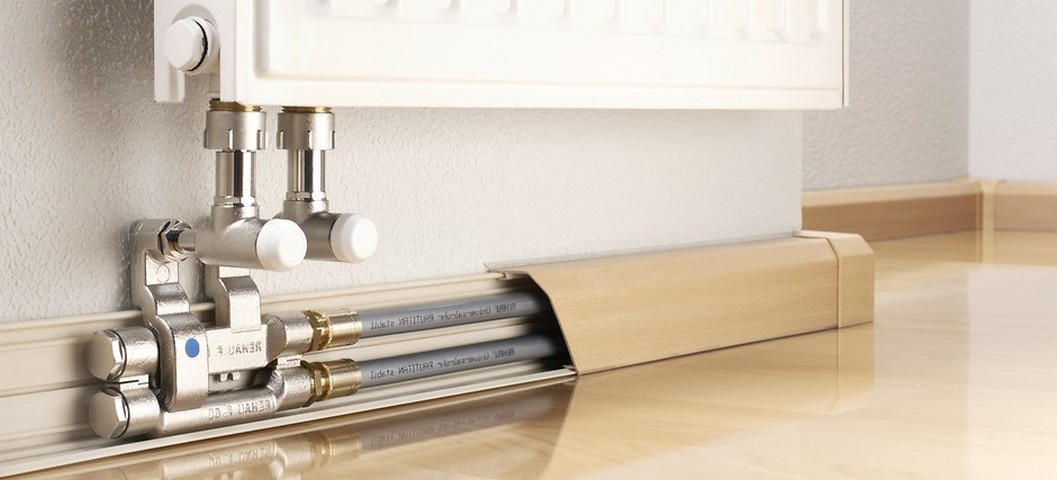
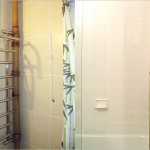
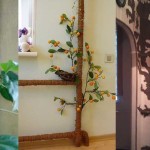
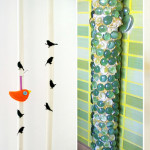

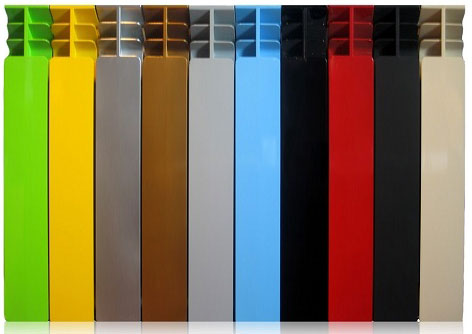

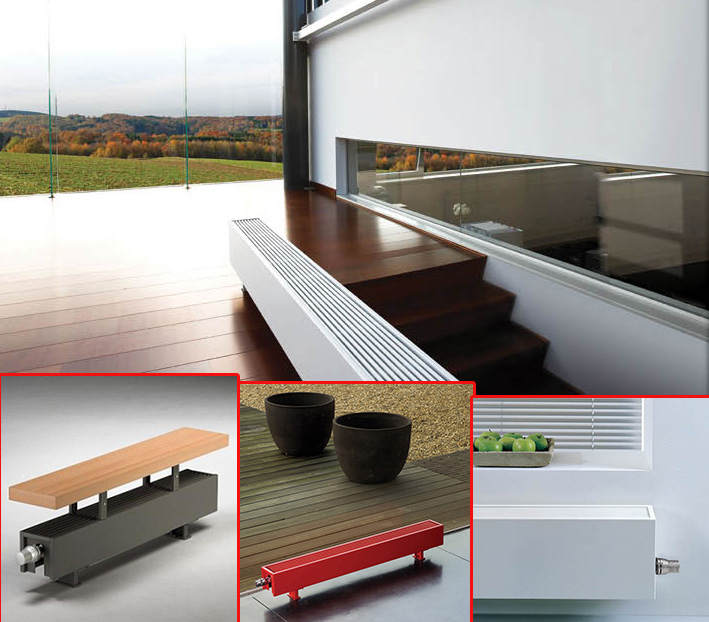

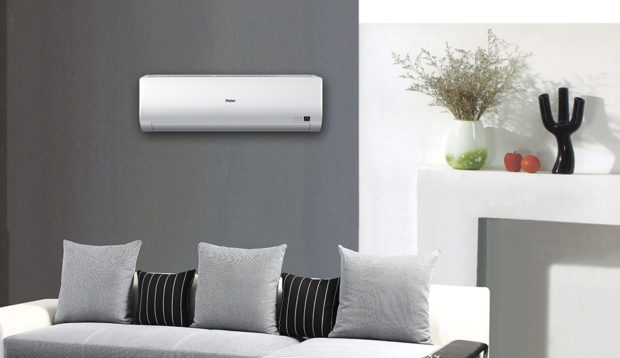




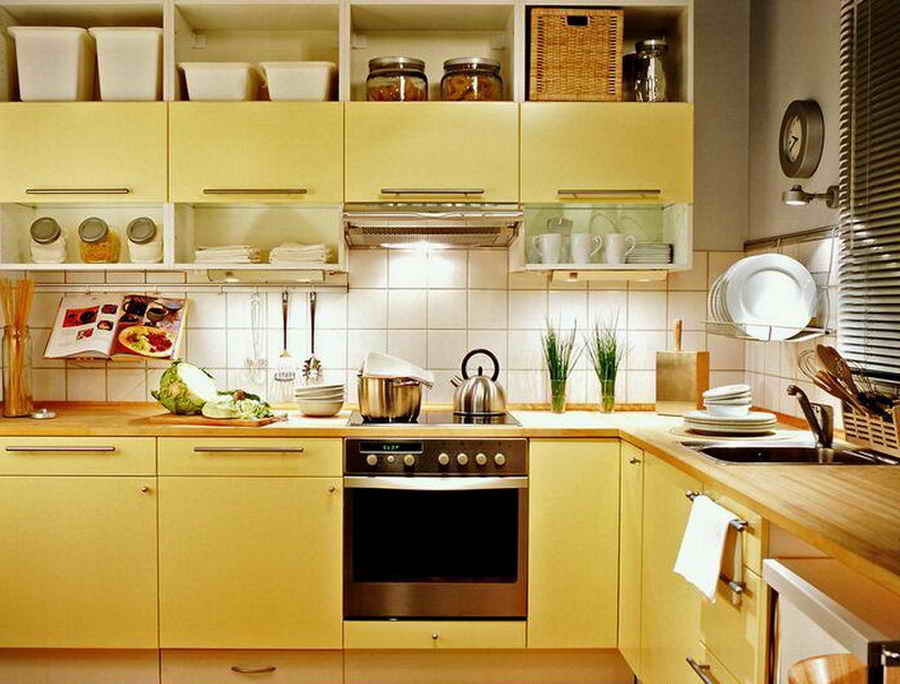
Greetings, a very interesting and useful article. Ideas with radiators are really cool. Thanks!
I purchased glass screens for radiators, and I think they are the most reliable and durable. And even for children safe, as they are made of tempered glass.